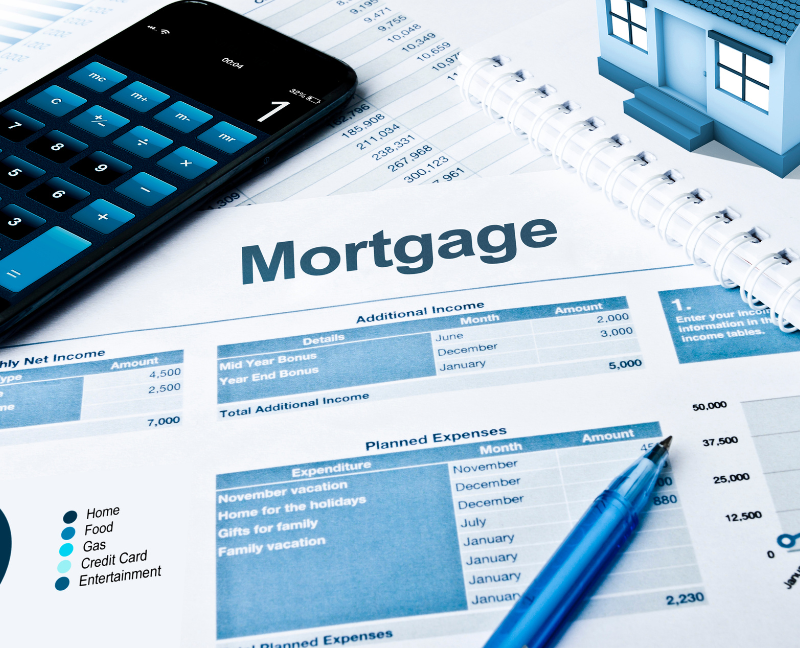Mortgages with no-closing costs require the homebuyer to cover none of the necessary closing charges. Closing costs are covered by the mortgage lender on the buyer's behalf.
There is no such thing as a house purchase with no-closing charges, which is why no-closing cost mortgages are frequently referred to as "zero-closing cost mortgages" or "no fee mortgages."
In this part, we'll first go over how no-closing cost mortgage works, their benefits, and how much closing costs will be for you to purchase a property.
Because purchasing a property and getting a mortgage costs money, "no-closing cost mortgage" is misleading. Every loan has taxes and recording fees. Loan origination and discount points are sometimes waived. The term "lender-paid closing cost mortgage" better describes how no-closing cost loans work. The lender pays the buyer's closing fees in a no-closing-cost loan.
Mortgage lenders offer higher mortgage interest to offset the buyer's closing costs. Market factors affect closing cost-interest rate tradeoffs. The no-cost mortgage option adds $35 per month to a $200,000 mortgage payment at current mortgage rates.
Buyers may request rebates up to their closing cost. Lenders only refund whole fees and may usually trade one percent in closing expenses for a 0.25 percent mortgage rate rise.
Here are the benefits of a no-closing cost mortgage:
The typical first-time home buyer requires eight years to save for a modest down payment and closing fees without a financial gift or down payment help. For many first-time buyers, eight years is too long. Homeownership is more affordable with no-closing cost mortgages.

Closing costs average 1.01 percent of a house's purchase price, or $1,001 per $100,000, according to CoreLogic's ClosingCorp. Closing costs include lender, settlement, and title services.
Here are some common mortgage closing costs:
Watch out for the next part as we share additional information about no-closing cost mortgages.
If you have questions or comments, feel free to drop them below.
Thank you!